detail profile sarah bernhardt
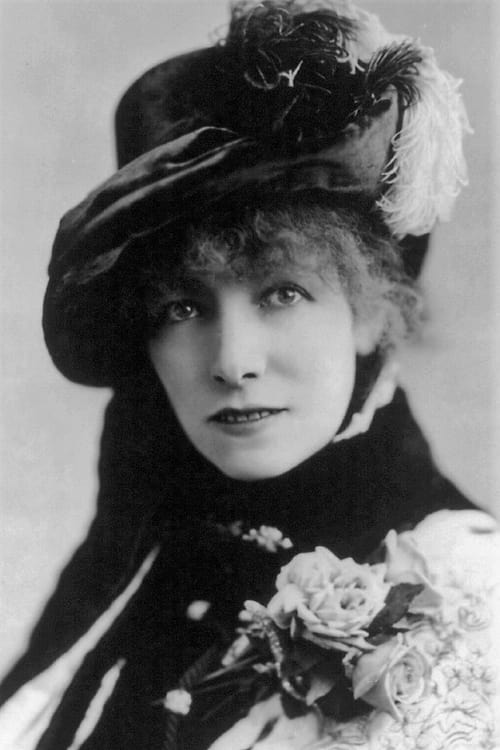
Sarah Bernhardt
Henriette-Rosine Bernard
atau dikenal sebagai
Riwayat Hidup
Sarah Bernhardt (born Henriette-Rosine Bernard, 22 or 23 October 1844 – 26 March 1923) was a French stage actress who starred in some of the most popular French plays of the late 19th and early 20th centuries.
She also played male roles, including Shakespeare's Hamlet.
French poet and dramatist Edmond Rostand called her "the queen of the pose and the princess of the gesture", while Victor Hugo praised her "golden voice".
Bernhardt made several theatrical tours around the world, and was one of the first prominent actresses to make sound recordings and to act in motion pictures.
From Wikipedia, the free encyclopedia
Info Pribadi
Peran Yang Di Mainkan Sarah Bernhardt
 Television documentary about the life and...
Television documentary about the life and...Sarah Bernhardt, With Heart and Soul 2023
Television documentary about the life and importance of actress Sarah Bernhardt.
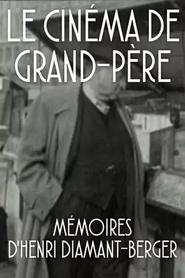 Remarkable life story of Henri DiamantBerger...
Remarkable life story of Henri DiamantBerger...Le Cinéma de grand-père 1995
Remarkable life story of Henri Diamant-Berger, a director and screenwriter whose devotion to cinema led him to collaborate with some of the greatest actors and filmmakers of his time.
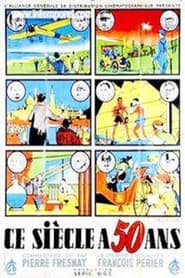 As the title of this French...
As the title of this French...The Century Is Fifty 1950
As the title of this French documentary indicates, Ce Siecle a 50 Ans examines the 20th Century at its halfway point. Utilizing the archives of several European film reserves, director Denise Tua offers a fascinating mosaic of the people and events that shaped the years 1900 to 1950. Complementing the vintage film clips are three dramatized sketches, delineating the romantic customs of three different points in time. These sketches are inadequately performed, and can easily be ignored. Ce Siecle a 50 Ans both preserved and provided celluloid material for scores of future documentaries.
 Nicole Vdrs chronicle of Paris from 1900...
Nicole Vdrs chronicle of Paris from 1900...Paris 1900 1948
Nicole Védrès' chronicle of Paris from 1900 to 1914 is brought to life through the use of original material, all authentic, secured from more then 700 films belonging to public and private collections. A few of the celebrities of the time shown are Enrico Caruso, Sarah Bernhardt, and Maurice Chevalier.
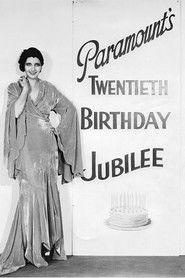 The House That Shadows Built 1931 is...
The House That Shadows Built 1931 is...The House That Shadows Built 1931
The House That Shadows Built (1931) is a short feature, roughly 48 minutes long, from Paramount Pictures made to celebrate the 20th anniversary of the studio's founding in 1912. It was a promotional film for exhibitors and never had a regular theatrical release and includes a brief history of Paramount, interviews with various actors, and clips from upcoming projects (some of which never came to fruition). The title comes from a biography of Paramount founder Adolph Zukor, The House That Shadows Built (1928), by William Henry Irwin.
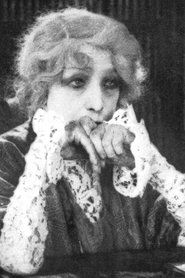 Jean is thrown out of the...
Jean is thrown out of the...The Clairvoyant 1924
Jean is thrown out of the house by his father, a remarried politician, out of jealousy for his friendship with his mother-in-law. He finds refuge at an artist's apartment. In the same building lives a famous fortune teller that the mother-in-law just happens to consult. With her help, Jean will be able to marry his young sweetheart and his father will solve his political troubles.
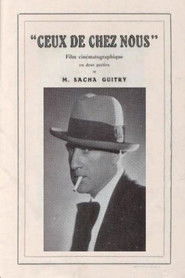 With family connections to some famous...
With family connections to some famous...Those of Our Land 1915
With family connections to some famous French artists, writers, and musicians of the time, Sacha Guitry decided to film the individuals in action, to celebrate the greatness of his culture, threatened by Germany in the ongoing Great War.
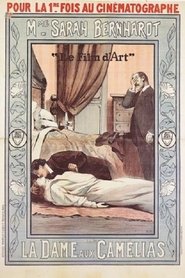 Marguerite is a courtesan in Paris...
Marguerite is a courtesan in Paris...Camille 1912
Marguerite is a courtesan in Paris. She falls deeply in love with a young man of promise, Armand Duval. When Armand's father begs her not to ruin his hope of a career and position by marrying Armand, she acquiesces and leaves her lover. However, when poverty and terminal illness overwhelm her, Marguerite discovers that Armand has not lost his love for her.
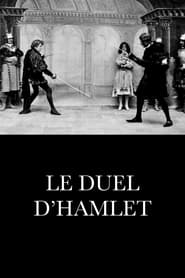 The movie consists solely of a...
The movie consists solely of a...Le duel d'Hamlet 1900
The movie consists solely of a saber fight. Bernhardt plays a cross-gender Hamlet, and Pierre Magnier is her fellow duelist, Laertes. A few bystanders, in Rennaissance dress, stand off to the right of the screen, and in the background, next to a painted backdrop.
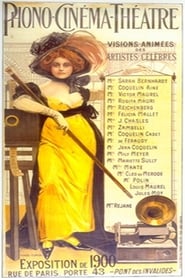 The PhonoCinmaThtre was a special pavilion...
The PhonoCinmaThtre was a special pavilion...Phono-Cinéma-Théâtre 1900
The Phono-Cinéma-Théâtre was a special pavilion at the 1900 Paris World's Fair which featured filmed performances presented with sound via wax cylinder recordings. Many of these short films were also presented in hand-tinted color. The performances ranged from theatre (Coquelin the eldest, Gabrielle Réjane, Sarah Bernhardt, Félicia Mallet), opera & operetta (Mariette Sully, Emile Cossira, Jeanne Hatto, Mily-Meyer, Désiré Pougaud), to café concert & music hall variety (Footit et Chocolat, Mason and Forbes, Little Tich, Brunin, Polin, Jules Moy) and dance (Blanche and Louise Mante from the Paris Opera, Carlotta Zambelli, Michel Vasquez, Rosita Mauri, Jeanne Chasles, Achille Viscusi, Christine Kerf, Cléo de Mérode).
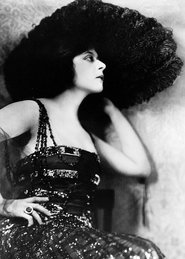 Stars of Yesterday documentary film
Stars of Yesterday documentary film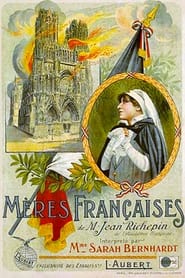 A mother loses first her son...
A mother loses first her son... Jeanne Dor becomes the accomplice of...
Jeanne Dor becomes the accomplice of...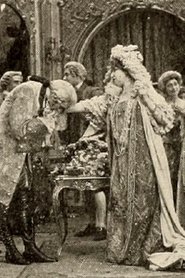 A considered lost film from 1913
A considered lost film from 1913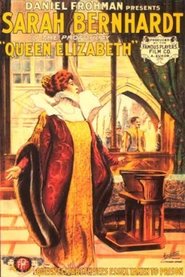 Episodes from the life of Elizabeth...
Episodes from the life of Elizabeth... A short film
A short film